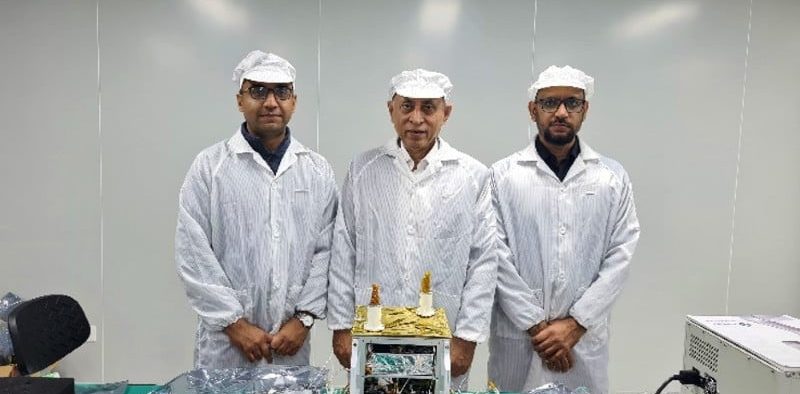Pakistan will launch its historic lunar mission this Friday

Pakistan historic ICUBE-Q satellite is getting ready for launch on Friday, as the country is about to set off on an unprecedented lunar mission. China’s Chang’E6 spacecraft, which is expected to take off from Hainan, China around 1250 PST, will carry the satellite.
The Institute of Space Technology (IST) claims that it worked with Pakistan’s national space agency SUPARCO and China’s Shanghai University SJTU to design and construct the satellite ICUBE-Q.
The lunar surface is imaged by two optical cameras carried by the ICUBE-Q spacecraft. Now that qualification and testing have gone well, ICUBE-Q has been successfully incorporated into the Chang’e6 mission. The sixth in China’s series of lunar exploration missions is called Chang’e6.
Live coverage of the inaugural event will be available on the IST website and social media channels. Chang’6 will land on the moon’s far side in order to gather surface samples and bring them back to Earth for analysis.
Pakistan would benefit from the mission as it will carry a Pakistan CubeSat Satellite, called iCube-Q, which was created by IST.
CubeSats are tiny satellites that are primarily distinguished by their uniform design and compact size. They are built in the form of a cube and are made up of modular parts that follow predetermined dimensions.
These space-deployed satellites, which typically weigh only a few kilograms, provide a variety of functions.
Cubesats are primarily used to support space exploration-related scientific research, technological development, and educational programs.
Numerous missions, such as Earth observation, remote sensing, atmospheric research, communications, astronomy, and technological demonstration, make use of these satellites.
CubeSats are a cost-effective and tiny spacecraft that may be used by universities, research institutes, and commercial organizations to engage in space missions and collect important data for scientific study and innovation.
They facilitate access to space for a wider variety of users and foster cooperation within the space community by acting as testing grounds for novel ideas and technology.

I am a dedicated student currently in my seventh semester, pursuing a degree in International Relations. Alongside my academic pursuits, I am actively engaged in the professional field as a content writer at the Rangeinn website.









